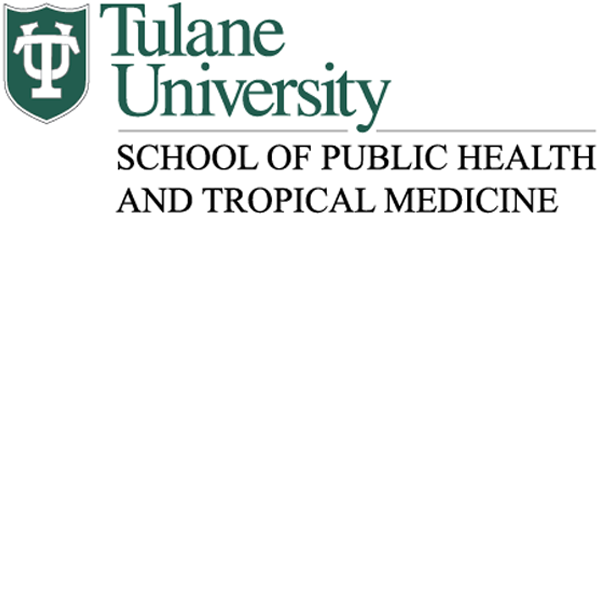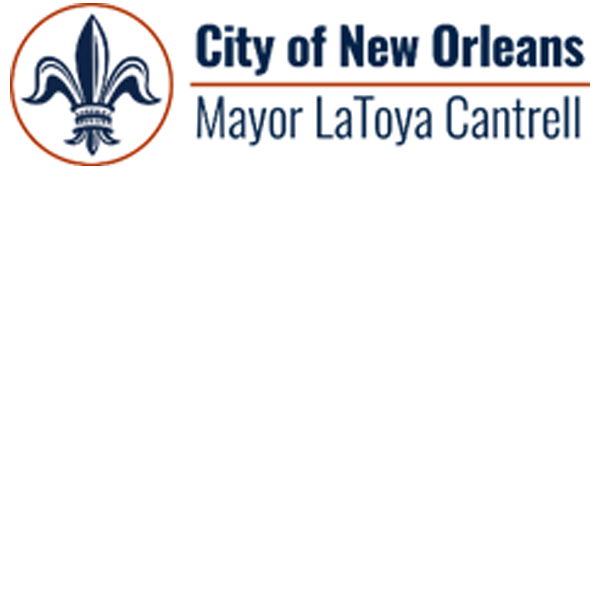ABOUT THE HEALTHY NEIGHBORHOODS PROJECT
Underserved communities experience discorporate rates of crime and violence due to inequities in neighborhood investment and the historical repercussions of unjust neighborhood development policies and practices. Many of these unequitable practices are evident in high rates of property abandoment in disinvested neighorhoods. The Healthy Neighborhoods Project investigates the influence that vacant and abandoned lots have on the overall health, safety, and interconnectedness of communities in New Orleans.
The project obtained vacant and abandoned lots and set treatment plans including but not limited to mowing lawns, building fences, fixing windows and removing large trash or debris. Qualitative, quantitative, and secondary data were collected during the years of treatment to test the impact that treated lots had on the neighborhood resident's health and crime rates. Findings from the study are still being analyzed and collaborations with community partners are in process.
This cluster randomized trial tests the impact of vacant and abandoned property remediation on two sets of outcomes: 1) youth and family violence and 2) well-being and heath interconnectedness, sense of community and sense of safety, and civic engagement. The central hypothesis for the first set of outcomes is that vacant and abandoned property remediation will reduce violence by providing fewer locations for illegal weapons storage, improving residential sense of community and social control, and reducing perceived stress among residents.
Our central hypothesis for the second set of outcomes is that vacant and abandoned property reduction will improve health and well-being by improving residential sense of community and social control, sense of safety, and will increase engagement and awareness of the link between community conditions and health by residents. These hypotheses are based on our previous findings linking community and family violence and
health and well-being with other structural neighborhood conditions as well as the collaborative efforts of our interdisciplinary team and strong community partnerships.
The proposed RCT is a 3-arm intervention: 1) parcels without buildings/structures and greened only; 2) parcels greened + buildings/structures treated; 3) control lots across four New Orleans communities experiencing high rates of violence. The unit of randomization for the trial is a geographic cluster (~1/8-mile diameter) and 194 clusters were randomized through block randomization in two groups—clusters with parcels with both vacant buildings and lots and clusters with only vacant lots, based on what we were legally able to ‘treat’. Within each group and within the 3 blocks, based on 3 main geographic areas of the city, there are treatment and control clusters.
The Healthy Neighborhoods Project is a collaborative effort between Tulane University School of Public Health and Tropical Medicine, the Tulane Mary Amelia Women’s Center, the Institute of Women and Ethnic Studies (IWES), Columbia University, and the City of New Orleans.






